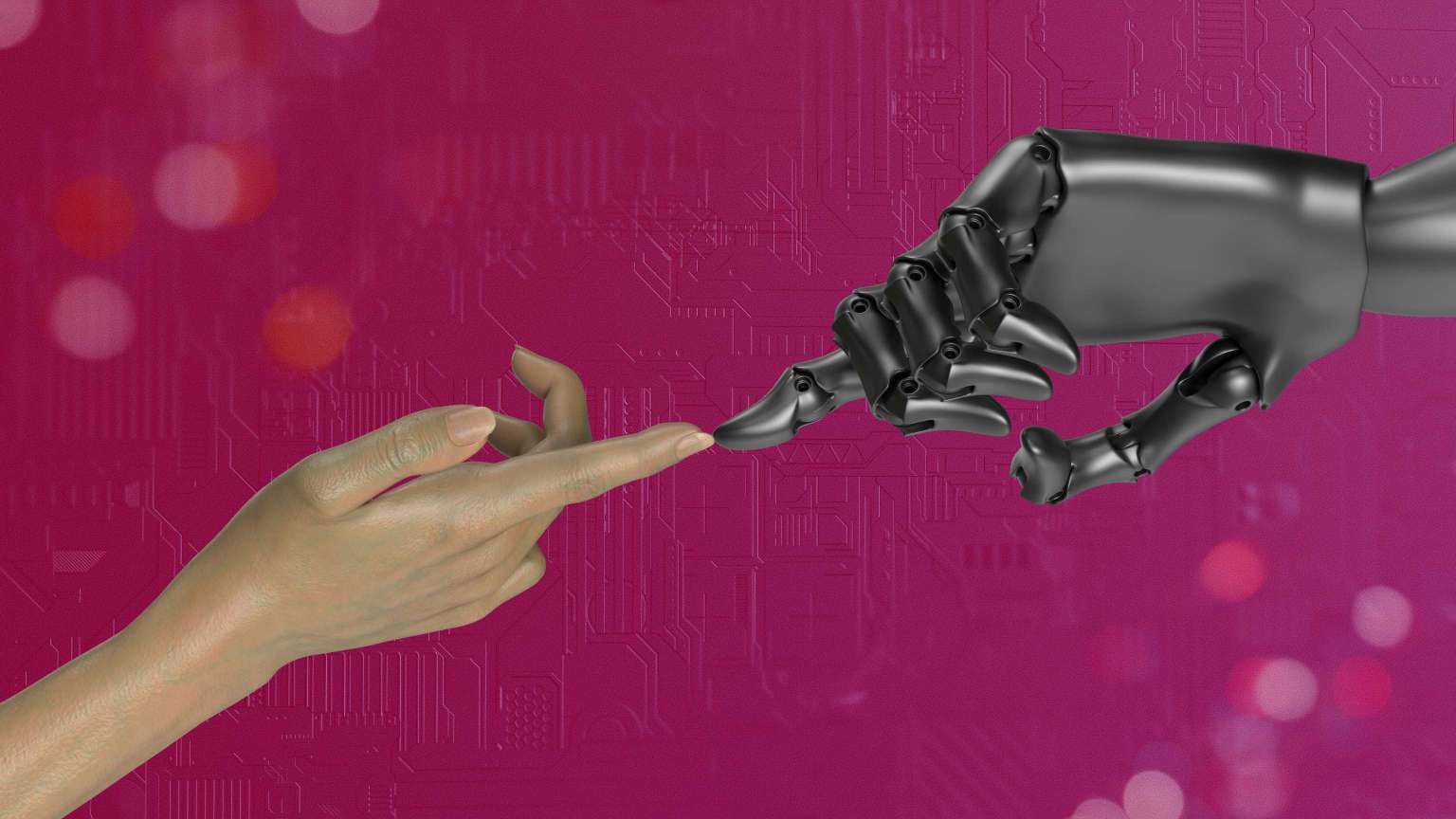The Evolution of Blockchain Consensus Mechanisms: From Proof of Work to Proof of Stake

7 min read
17 Nov 2025
Blockchain technology relies on consensus mechanisms to validate and agree upon transactions within a network. These mechanisms ensure the integrity and security of the blockchain by reaching agreement on the state of the ledger. Over time, blockchain consensus mechanisms have evolved from traditional proof of work (PoW) to more advanced approaches like proof of stake (PoS). This evolution reflects ongoing efforts to enhance scalability, security, and efficiency in blockchain networks.
Proof of work (PoW) is the original consensus mechanism used by blockchain networks such as Bitcoin. In PoW, miners compete to solve complex cryptographic puzzles, and the first one to solve the puzzle gets to validate a new block of transactions and add it to the blockchain. While PoW is known for its security and robustness, it is also criticized for its high energy consumption and scalability limitations. The computational power required for mining can lead to significant environmental impact and high operational costs.
To address the limitations of PoW, the blockchain community has developed alternative consensus mechanisms, with proof of stake (PoS) being one of the most prominent. In PoS, validators are chosen to create new blocks and validate transactions based on the number of tokens they hold and are willing to "stake" as collateral. Unlike PoW, which relies on computational power, PoS reduces energy consumption and operational costs by leveraging the stake of participants. This approach also enhances scalability by allowing for faster block generation and transaction processing.
Proof of stake has several variations, including delegated proof of stake (DPoS) and hybrid models that combine PoW and PoS elements. DPoS involves token holders electing a small number of delegates who are responsible for validating transactions and maintaining the blockchain. This approach aims to improve scalability and governance by reducing the number of active validators. Hybrid consensus mechanisms combine elements of both PoW and PoS to balance security, decentralization, and efficiency.
The evolution of consensus mechanisms also includes innovations such as proof of authority (PoA) and proof of space and time (PoST). PoA relies on a set of trusted authorities to validate transactions, which is suitable for private or consortium blockchains. PoST, on the other hand, uses storage space and time as criteria for validation, offering an alternative approach to consensus for specific use cases.
As blockchain technology continues to evolve, ongoing research and experimentation with new consensus mechanisms are essential for addressing the challenges of scalability, security, and efficiency. Each consensus mechanism has its advantages and trade-offs, and the choice of mechanism depends on the specific requirements and goals of the blockchain network.
In conclusion, the evolution of blockchain consensus mechanisms from proof of work to proof of stake reflects the industry’s efforts to enhance scalability, reduce energy consumption, and improve efficiency. As new consensus mechanisms emerge and existing ones are refined, the future of blockchain technology will be shaped by innovations that address the challenges and opportunities of decentralized networks.

The AR Breakthrough That Will Make Blockchain Transactions Simpler Than Ever!
7 min read | 15 Nov 2025
How AI Is Making Blockchain Smarter and Safer – The Inside Scoop!
5 min read | 14 Nov 2025
The Big Tech Twist: How VR Is Set to Disrupt Blockchain Like Never Before!
6 min read | 13 Nov 2025
Unlocking the Power of AR: How Augmented Reality Is Set to Revolutionize Blockchain!
5 min read | 12 Nov 2025More Articles

Transfer Learning: The Shortcut to AI Mastery
7 min read | 11 Sep 2025

Generative Adversarial Networks (GAN): Creating Reality from Scratch
7 min read | 10 Sep 2025

Recurrent Neural Networks (RNN): The Future of Predictive Text
7 min read | 09 Sep 2025

Convolutional Neural Networks (CNN): The Secret Behind AI Vision
5 min read | 08 Sep 2025
More Articles

Blockchain Scalability Solutions: Overcoming Limitations for Mass Adoption
4 min read | 22 Sep 2025

Privacy Coins: Enhancing Anonymity in Digital Transactions
6 min read | 21 Sep 2025

The Impact of Blockchain on Supply Chain Transparency
4 min read | 20 Sep 2025

Cryptocurrency Regulation: Balancing Innovation and Compliance
4 min read | 19 Sep 2025
